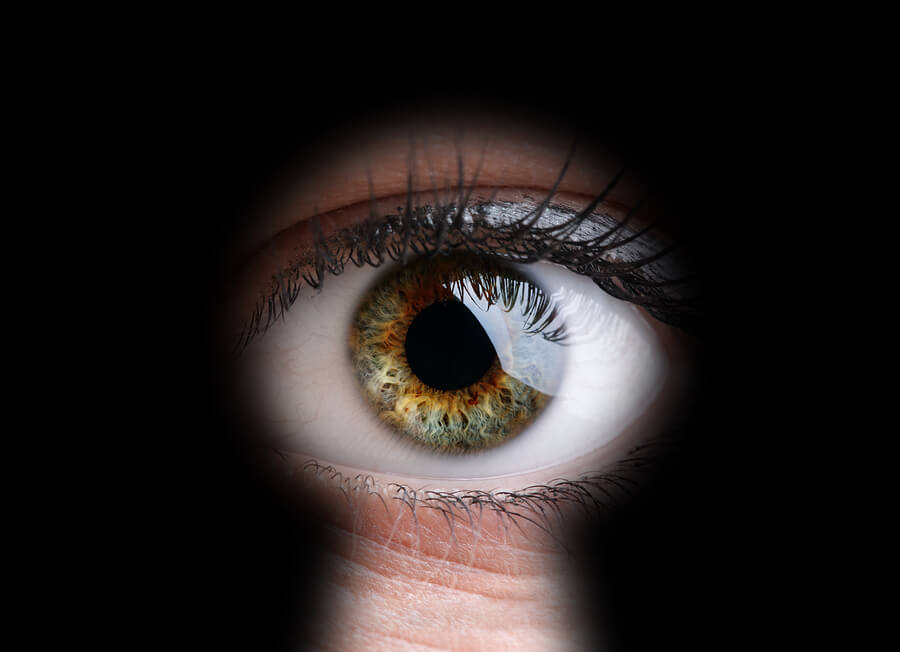Decisions, decisions…we make them all the time about all kinds of things, and many times without even thinking about it. Sometimes, however, decisions take a lot of thinking, after which we may have our doubts about whether we made the right one. Helping your Customers make a decision is an important element in your Customer Experience design.
The Consequence of Choice
Choices have consequences both good and bad. All of us want to make the right choices for ourselves, but few of us believe that we have every time.
What about when you are choosing something more mundane, like bread or shaving foam? There are so many options that it can delay a decision. This delay is a consequence caused by the Paradox of Choice, first introduced to us by Barry Schwartz in his book of the same name in 2004, and then later in his TED talk. In summary, Schwartz tells us:
“Autonomy and Freedom of Choice are critical to our well-being, and choice is critical to freedom and autonomy. Nonetheless, though modern Americans have more choice than any group of people ever has before, and thus, presumably, more freedom and autonomy, we don’t seem to be benefiting from it psychologically.”
Zhecho Dobrev, one of our consultants published his musings on this concept. Dobrev asserts that most consumers say they want more choices, but they really want just enough choices. Like the famous discerning fictional heroine Goldilocks, consumers want an amount of choices that is just right.
How Subconscious Clues Improve Calls to Action in Websites
All channels for your Customers make up your Customer Experience, including websites. By paying attention to the subconscious ways you help your customers make a choice they are happy with, you create a win win for everyone involved.
Michael Aagaard on Contentverve.com points out all the statistical changes they were able to observe by tweaking the call to action buttons (CTA) on websites. He explains how success rate increase when you position the message and appearance of the button in terms that benefit the consumer.
One example that caught my attention was a 213% increase in conversion when the copy changed from “Get your membership” to “Find your gym & get membership.” As Aagaard points out, which gym a person joins is often driven by where the gym is. So, the company added the words “Find your gym.” When you frame the CTA in terms that let the Customer know what he or she is getting by pressing it, it is far more helpful at getting them to make a decision to move forward in the process.
There are ten other examples given in the article. Of course, these examples are about the subconscious experience as none of these things make sense. Regardless, the article statistically shows that they had an effect.
What about Call to Action in the Retail Experience?
Strategy for CTA buttons is all well and good for the online experience, but what about retail experience and the CTAs that help consumers make decisions there? Surely the manager of the aforementioned market won’t leave you facing umpteen brands of shaving foam to muddle through on your own.
They don’t. Engaging the subconscious shopper is a skill supermarkets are always perfecting. The idea is that most of us are on autopilot when we go to the store, going for the items we came for and walking by the items we didn’t.
So supermarkets work to get our attention by where they put products, signs and color they use to grab our attention, and positioning end cap items to feature a particular item. Some markets even use scents to get us to notice different foods in the store. In fact, the importance of where things are in the store and on what shelf is so important that some retailers are recording behavior of their customers to get a better idea of how to maximize their purchases.
Other retailers are using different methods to get us to act:
- Fry’s Electronics, a chain of discount electronics stores in the US, puts a plethora of small purchases like batteries, universal cables, photo cards, candy and drinks along their line corral to facilitate the impulse buy at the end of the shopping trip.
- The large flagship rides at Disney often empty into a store that is stocked with the merchandise from that particular film, capitalizing on the good feelings associated with the characters and the ride experience their guests have just had.
- Apple has an Apple Store app that allows you to buy merchandise with your Apple ID so you can get what you want without getting help or waiting for assistance, facilitating the convenience element some of their customers demand.
When you are designing your customer experience, finding a balance between “not enough choices to be happy with any of them” and “too many choices to choose any of them” can be a challenge. When you find that Goldilocks sweet spot, however, it is Customer Experience gold.
Finding this sweet spot can be easier, however if you design a deliberate subconscious experience that helps them decide. By helping position the choice for your customer, you can help them take action that drives them toward an experience outcome that leaves them happy and pleased.
What call to action techniques have you seen work for you? I would be interested in your comments below.
If you enjoyed this post, you might be interested in the following blogs:
- What Does Your Experience Smell Like?
- Engaging the Subconscious Shopper
- The Moral Dilemma: Collecting Data on Customer Behavior
Colin Shaw is the founder and CEO of Beyond Philosophy, one of the world’s first organizations devoted to customer experience. Colin is an international author of four best-selling books and an engaging keynote speaker.
Follow Colin Shaw on Twitter @ColinShaw_CX
Sources:
Aagaard, Michael. “10 Call-to-Action Case Studies with Takeaways & Examples from Real Button Tests.” Contentverve.com. 25 March 2013. Web. 4 September 2014. < http://contentverve.com/10-call-to-action-case-studies-examples-from-button-tests/>


